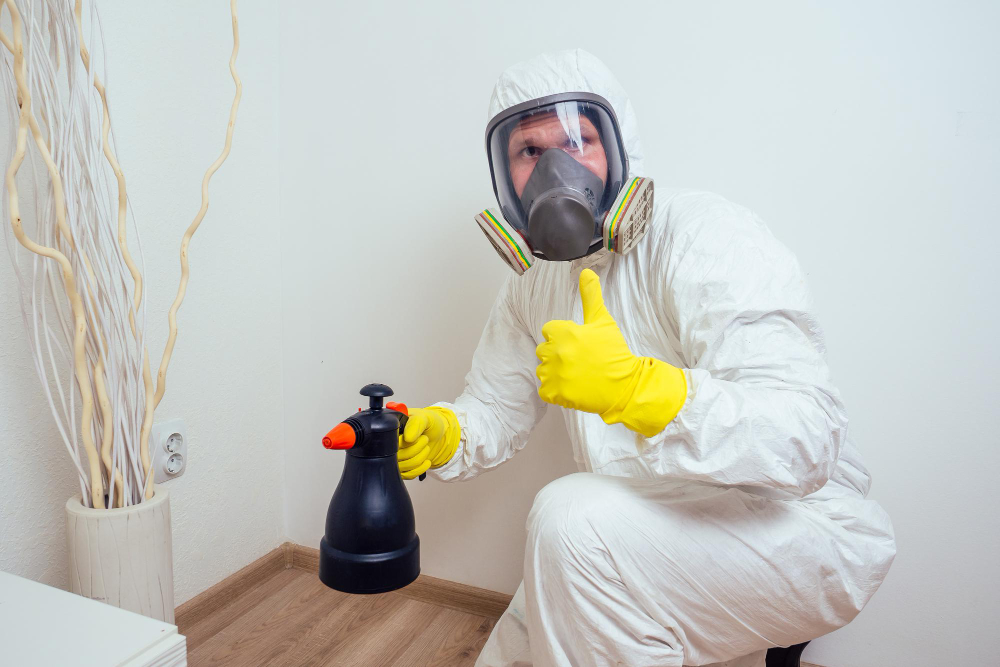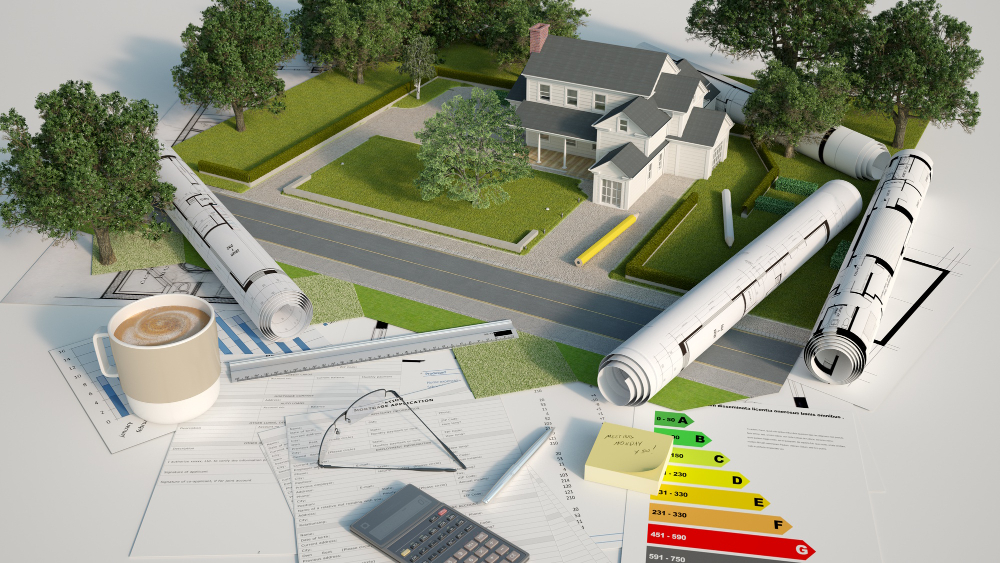Last updated on
In the wake of environmental concerns and a growing awareness of the impact of our daily choices on the planet, individuals and families are increasingly seeking ways to adopt greener lifestyles. One integral aspect of this movement is the pursuit of sustainable living practices, not only to reduce our carbon footprint but also to create healthier and safer living spaces.
As we delve into the realms of sustainable living, one often overlooked area is pest control. Traditional pest control methods often involve the use of harmful chemicals that can pose risks to our health and the environment.
However, exploring green solutions for pest management can provide an effective and eco-friendly alternative. In this comprehensive guide, we will explore various strategies and solutions to achieve a sustainable and pest-free home.
Understanding the Impact of Traditional Pest Control Methods

Traditional pest control methods have long relied on the use of potent chemicals to eradicate unwanted intruders. While these chemicals may be effective in eliminating pests, the collateral damage they cause to the environment and human health is substantial.
Pesticides and insecticides, when used excessively, can contaminate soil and water sources, posing a severe threat to ecosystems. Additionally, the residues from these chemicals can linger in our homes, leading to indoor air pollution and potential health issues.
As we navigate the complexities of sustainable living, it becomes imperative to reassess our reliance on these conventional pest control approaches.
Embracing Integrated Pest Management (IPM) Practices
A fundamental shift towards sustainable pest control involves embracing Integrated Pest Management (IPM) practices. IPM is a holistic and eco-friendly approach that combines biological, cultural, and mechanical strategies to manage pests.
By focusing on prevention and utilizing natural predators, IPM minimizes the need for chemical interventions. Homeowners can implement simple yet effective measures such as sealing entry points, proper waste management, and maintaining a clean environment to discourage pests.
This shift towards a more comprehensive strategy not only ensures a healthier home but also contributes to the overall well-being of the ecosystem.
Harnessing the Power of Beneficial Insects

Nature has its own set of pest controllers – beneficial insects. Introducing these insects into our living spaces can create a balanced and self-regulating ecosystem. Ladybugs, parasitic wasps, and predatory beetles, for instance, are natural enemies of common pests.
By attracting and supporting these allies, homeowners can significantly reduce the need for chemical pesticides. Planting insect-friendly vegetation and creating habitats for these beneficial insects can transform our gardens into thriving ecosystems that naturally repel pests, all while promoting biodiversity.
Eco-friendly Pest Repellents for Indoor Spaces
The quest for a pest-free home extends beyond the garden to the confines of our indoor spaces. Conventional insect repellents often contain harmful chemicals that, when released into the air, contribute to indoor air pollution.
Opting for eco-friendly alternatives such as essential oils, neem oil, and diatomaceous earth can provide an effective barrier against pests without compromising our health or the environment. Additionally, many expert services can protect your home by using eco-friendly solutions.
These natural repellents not only keep pests at bay but also add a pleasant aroma to our homes, showcasing the synergy between sustainability and a healthy living environment.
Sustainable Practices in Agriculture for Pest Prevention
Beyond the boundaries of our homes, the agricultural sector plays a pivotal role in the overall sustainability equation. Conventional farming practices, dominated by the use of pesticides and synthetic fertilizers, contribute significantly to environmental degradation.
Embracing organic and regenerative farming methods not only promotes soil health and biodiversity but also reduces the need for chemical pest control. Crop rotation, companion planting, and the use of natural fertilizers create a harmonious balance that supports both the crops and the surrounding ecosystem.
The Role of Technology in Green Pest Control Solutions
In the era of technological advancements, innovative solutions are emerging to revolutionize pest control. From smart traps that target specific pests to sensor-based monitoring systems, technology is offering sustainable alternatives to traditional methods.
Solar-powered pest repellers, for example, harness energy from the sun to emit ultrasonic waves that deter pests without harming the environment. The marriage of technology and sustainability opens new doors for effective pest control that aligns with the principles of eco-conscious living.
Community Initiatives and Advocacy for Sustainable Pest Management
Creating a pest-free and sustainable living environment is not an individual effort but a collective endeavor. Community initiatives and advocacy play a crucial role in promoting sustainable pest management practices.
Local organizations, schools, and government bodies can collaborate to raise awareness about the environmental impact of traditional pest control and provide resources for adopting greener alternatives.
Sharing success stories, organizing workshops, and supporting local farmers who embrace sustainable agriculture contribute to a broader societal shift towards a greener and pest-resilient future.
In the pursuit of sustainable living, it is essential to recognize the interconnectedness of our choices with the health of our homes and the planet. Shifting towards green solutions for pest control is a significant step in this journey.
By understanding the environmental impact of traditional methods, embracing Integrated Pest Management practices, harnessing the power of beneficial insects, and adopting eco-friendly repellents, individuals can create homes that are not only pest-free but also contribute to the well-being of the larger ecosystem.
Sustainable agriculture, technological innovations, and community advocacy further reinforce the potential for positive change.
Related reading:
Table of Contents





